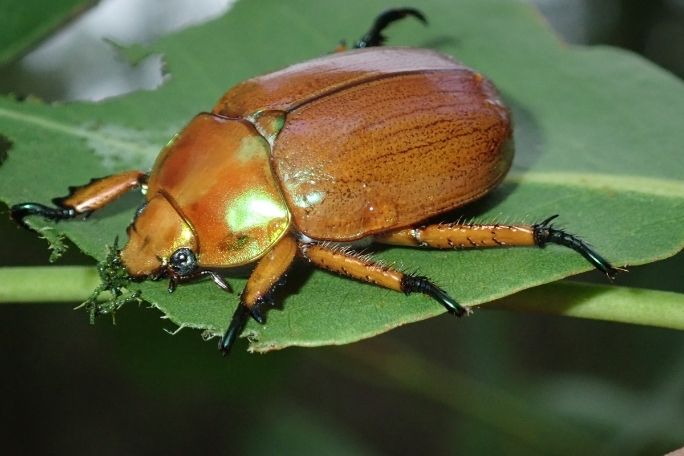Lesson summary
Students investigate invertebrates. They begin by reviewing their prior knowledge of invertebrates before classifying a range of animals as either invertebrates and vertebrates, as well as looking at the features and needs of these animals. Students then head outside and work in pairs to observe and draw an invertebrate in the schoolyard before finding out why invertebrates are important and how they can create habitats for them in the schoolyard.
Learning intentions:
Students will...
- understand what invertebrates are
- recognise some of the differences between invertebrates and vertebrates
- understand why invertebrates are important.
Success criteria:
Students can...
- explain the difference between vertebrates and invertebrates
- observe and draw invertebrates
- plan and create invertebrate habitats
- participate in class and group discussions
- work collaboratively and independently.
Lesson guides and printables
Curriculum links
Select your curriculum from the options below.
Lesson details
Curriculum mapping
Australian Curriculum content descriptions:
Year 3 Science:
- Compare characteristics of living and non-living things and examine the differences between the life cycles of plants and animals (AC9S3U01)
- Use provided scaffolds to plan and conduct investigations to answer questions or test predictions, including identifying the elements of fair tests, and considering the safe use of materials and equipment (AC9S3I02)
- Write and create texts to communicate findings and ideas for identified purposes and audiences, using scientific vocabulary and digital tools as appropriate (ACSIS060)
Year 4 Science:
- Explain the roles and interactions of consumers, producers and decomposers within a habitat and how food chains represent feeding relationships (ACSSU073)
- Use provided scaffolds to plan and conduct investigations to answer questions or test predictions, including identifying the elements of fair tests, and considering the safe use of materials and equipment (ACSIS065)
- Write and create texts to communicate findings and ideas for identified purposes and audiences, using scientific vocabulary and digital tools as appropriate (ACSIS071)
Syllabus outcomes: ST2-10LW, ST2-4WS, ST2-11LW
General capabilities: Critical and Creative Thinking
Cross-curriculum priority: Sustainability
Relevant parts of Year 3 achievement standards: Students group living things based on observable features and distinguish them from non-living things, and they use diagrams and other representations to communicate their ideas.
Relevant parts of Year 4 achievement standards: Students describe relationships that assist the survival of living things. They use formal and informal ways to communicate their observations and findings.
This lesson is part of the wider unit of work: Investigating Invertebrates – Lower Primary
Resources required
- Animal Images
- Device capable of presenting a video to the class
- Drawing materials, including pencils, paper and rulers
- Materials for invertebrate habitat (see Part C of the lesson)
- Student Worksheet – one copy per student
- Vertebrate Invertebrate Signs (or create your own)
Skills
This lesson is designed to build students’ competencies in the following skills:
- Communication
- Critical thinking
- Collaboration
- Problem solving
Additional info
Time required: 130 mins
Level of teacher scaffolding: Medium – oversee class discussions, lead students in invertebrate observation activity and in creating invertebrate habitats
This is an original Cool+ lesson.


Welcome back!
Don't have an account yet?
Log in with:
Create your free Cool.org account.
Many of our resources are free, with an option to upgrade to Cool+ for premium content.
Already have an account?
Sign up with:
By signing up you accept Cool.org's Terms and Conditions(Opens in new tab) and Privacy Policy(Opens in new tab).